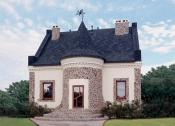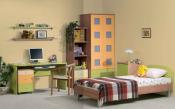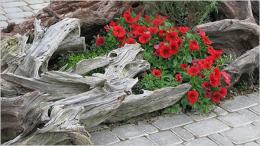Search
Login
Recommended
Rutarius, what is it, the creation of a do-it-yourself rutaria, design decisions in creating a root garden
The forms and textures created by nature are always amazing. Almost every dry snag or lone stump has a very bizarre appearance, leading us to certain associations associated with mysterious fairy-tale creatures. In order to create a rutarium with your own hands, it will not take much - just turn on your imagination and let go of your imagination.
Content
- What is rutarium, materials for its creation video
- Rutarium in the country and in the apartment video
- The main varieties of rutaria
- The combination of recreation areas and rutaria video
What is rutarium, materials for its creation
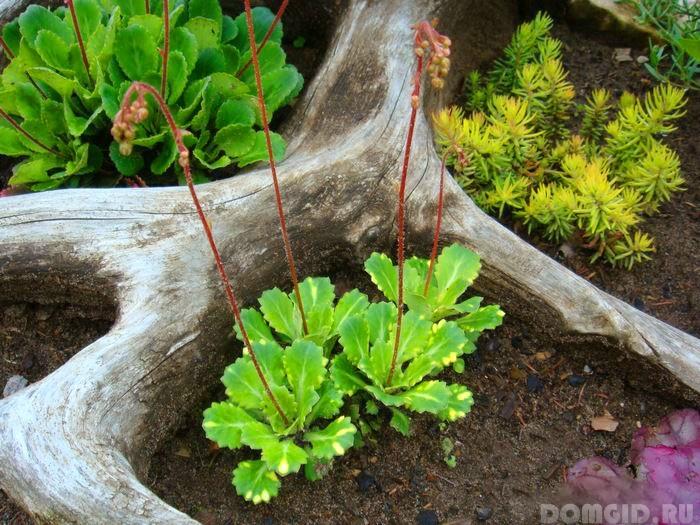
Unfortunately, the person who invented to collect various branches, driftwood and roots in order to combine them into an unusual composition and thereby decorate your garden remains unknown. This composition was called rutarius. The word comes from English root. Translated as root. Accordingly, rutarium is part of the garden, the decor of which is made of hemp, roots and snags. Rutaria in landscape design began to be used recently, but it was to the taste of many: it serves as an original decoration of country houses and private estates around the world.
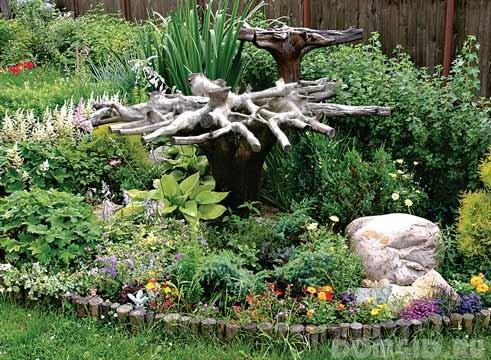
Initially, driftwood and hemp served as decor and home-made garden furniture. Support for climbing plants were dried tree trunks. Clumsy branches, with the help of talented hands, were transformed into sculptures for the garden. Not long ago, rutarius was officially recognized as a separate unit of the landscape.
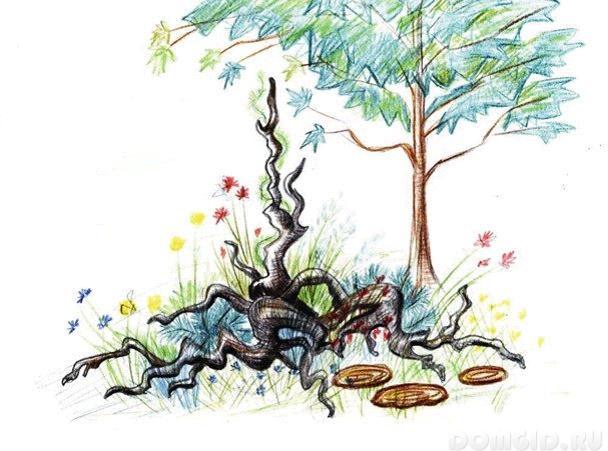
After you cut the branches in your garden, do not rush to throw them away or burn them. Take a closer look at them and you will surely find interesting and intricate shapes. It is possible that a large stump appears on your site - do not rush to eliminate it, it can change and be updated, thereby becoming an essential and important unit of decoration for your garden.
Although the word rutaria is new, humanity with imagination has long been making such compositions.
If it so happens that you have no trees or stumps, feel free to go to a planting or forest. There you can almost always find many different branches and bark, stumps and driftwood, which are perfect for making amazing compositions. Wonderful cuts, stumps and logs can be found on the streets and in parks when they are planned to be trimmed.
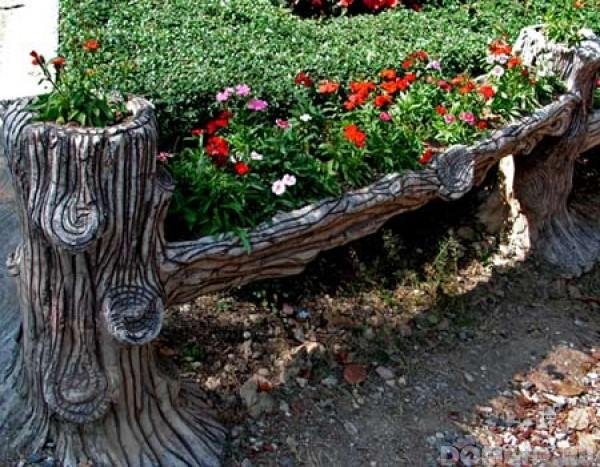
After the selection of the necessary materials, they need to be processed. Dry unprocessed wood is not a material that will last a long time. Rutarium in the garden or in the country from such material will stand for a maximum of 6-7 years. The selected materials are best washed, rinsed with boiling water, if necessary and desired - remove the dust. If necessary, cut, saw or join. Also, it is possible to paint wooden materials, open them with varnish or treat them with impregnation. Of course, if you are satisfied with the term of 7 years, just free your materials from insects and pollution and admire their natural perfection.
Rutarium in the country and in the apartment
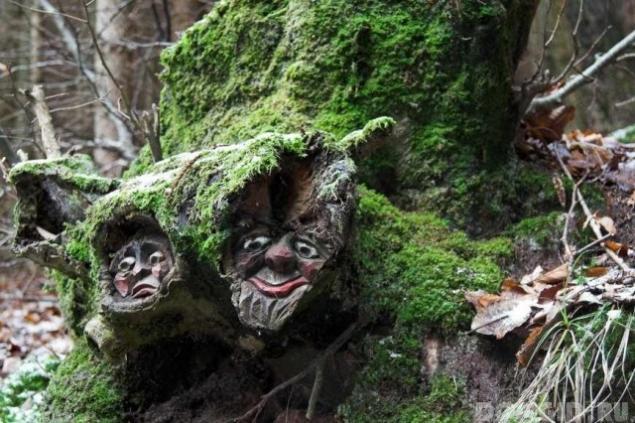
Today, these compositions are created in apartments and in open-air land. Believe me, they will improve your favorite vacation spots for the better, making them mysterious and more comfortable. They will be wonderfully combined with various directions and styles of design in which your gardens and plots are equipped. In order for the root sadiz to be correct and interesting, check out the following points:
- Think carefully and decide how you would like to see the end result.
- A garden of roots is made only of dead wood parts. It does not look quite alive, but mysterious.
- You can make combinations of stumps and snags with living plants and flowers. This will give life and joy to your compositions.
- There are times when a branch or a snag draws in the imagination of some living creature, which prompts certain thoughts about how to complement this composition.
The superiority and not small value of such work will be its unique uniqueness. It will not be possible to make identical gardens, since everyone knows that nature does not tolerate repetition. It does not matter the specific place where you are going to make such a garden. It may well be a place at the pond, and a gazebo, and a remote corner of the site.
Rutarium can only be made from wooden materials, but it can also be combined with natural and artificial stones, ceramics, moss, forging parts, pebbles, garden decor elements in the form of various figures.
The main varieties of rutaria
-
Natural. To create using non-living and living plants. It is considered the most striking, colorful and natural option, which is acceptable for many. To create this type, you leave everything as untouched as possible, made by nature. Decorating, for example, with flowers planted in the center.
-
Decorative. It can be mistaken for natural. The only difference is that its texture is more emphasized and the material has been processed either by impregnation, or paint, or varnish.
-
The simplest. Here, only parts of dead trees that are sawn, cut or glued are used. In other words, they created the so-called peculiar sculpture.
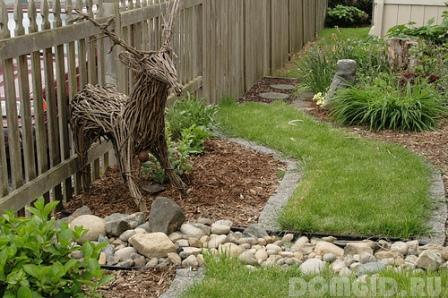
The combination of recreation areas and rutaria
It can be done either in any place convenient for you or in a place designated for children's entertainment. To create a composition, use whatever you think is necessary - large or small stones, cisterns, wattle fence, garden gnomes, etc.
Consider a couple of options for choosing a place:
- At the very entrance to your garden. Positive emotions will cause a colorful combination of fresh flowers and roots or branches.
- Near the recreation area. For example, near a small fountain or a pond with fish, or with a veranda, the root garden combined with the garden decor (with cute animals or flowers) will constantly delight your eyes.
- If you want, you can build a secret place to relax, hidden from prying eyes. In the far corner of the site, place an interesting snag or big root and hide it all behind the green spaces of living plants.
- Create a figure of a mysterious monster, you can see the options in the photo of the rutaria. Make everything as if a mysterious creature is spying on you, from behind the bushes. Keep the snag in its natural form, cut the edges slightly, shape the eyes with pebbles.
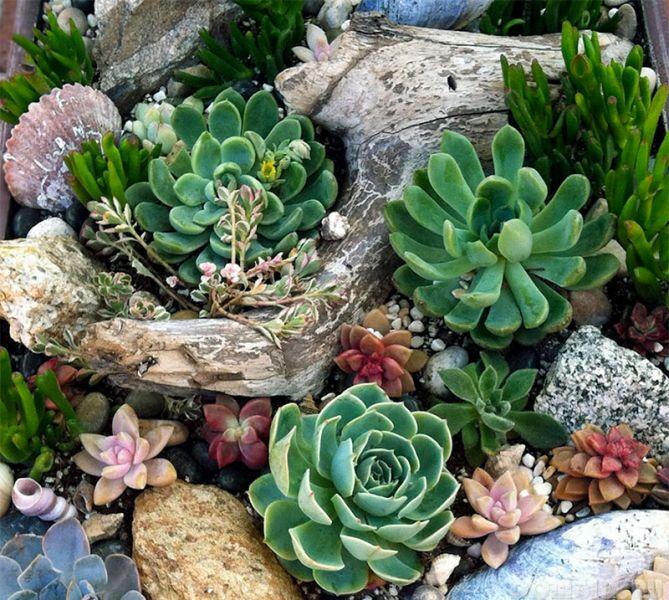
Ideally, the compositions of rutaria used to decorate your landscape design should be combined in harmony and be made in the style of your garden or site.
